Chih-Jen Lin
Exploring space efficiency in a tree-based linear model for extreme multi-label classification
Oct 12, 2024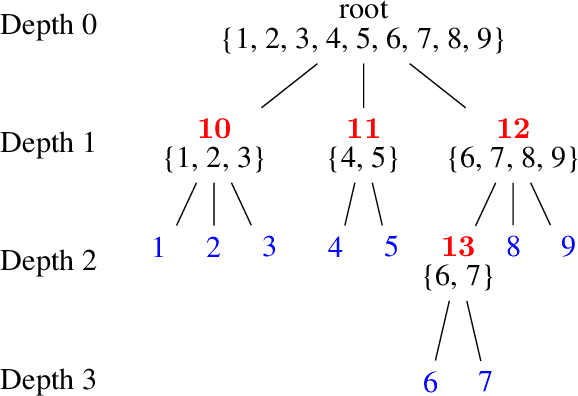
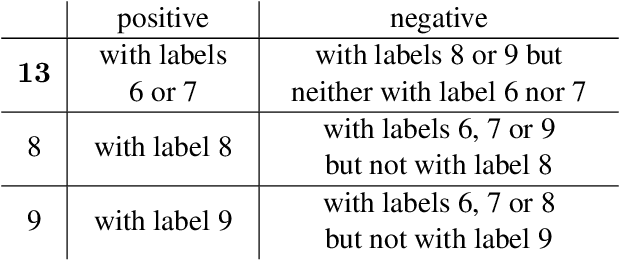
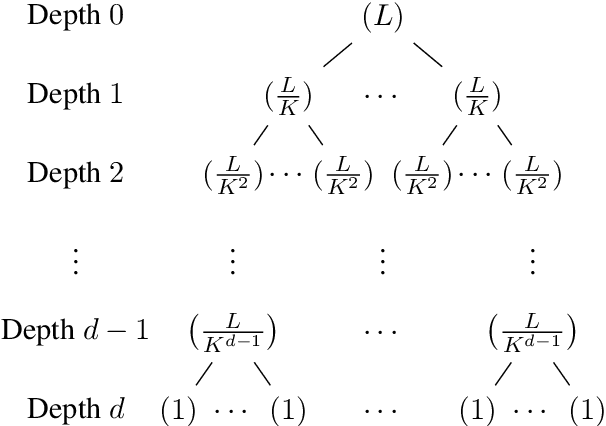

Abstract:Extreme multi-label classification (XMC) aims to identify relevant subsets from numerous labels. Among the various approaches for XMC, tree-based linear models are effective due to their superior efficiency and simplicity. However, the space complexity of tree-based methods is not well-studied. Many past works assume that storing the model is not affordable and apply techniques such as pruning to save space, which may lead to performance loss. In this work, we conduct both theoretical and empirical analyses on the space to store a tree model under the assumption of sparse data, a condition frequently met in text data. We found that, some features may be unused when training binary classifiers in a tree method, resulting in zero values in the weight vectors. Hence, storing only non-zero elements can greatly save space. Our experimental results indicate that tree models can achieve up to a 95% reduction in storage space compared to the standard one-vs-rest method for multi-label text classification. Our research provides a simple procedure to estimate the size of a tree model before training any classifier in the tree nodes. Then, if the model size is already acceptable, this approach can help avoid modifying the model through weight pruning or other techniques.
A Step-by-step Introduction to the Implementation of Automatic Differentiation
Feb 25, 2024Abstract:Automatic differentiation is a key component in deep learning. This topic is well studied and excellent surveys such as Baydin et al. (2018) have been available to clearly describe the basic concepts. Further, sophisticated implementations of automatic differentiation are now an important part of popular deep learning frameworks. However, it is difficult, if not impossible, to directly teach students the implementation of existing systems due to the complexity. On the other hand, if the teaching stops at the basic concept, students fail to sense the realization of an implementation. For example, we often mention the computational graph in teaching automatic differentiation, but students wonder how to implement and use it. In this document, we partially fill the gap by giving a step by step introduction of implementing a simple automatic differentiation system. We streamline the mathematical concepts and the implementation. Further, we give the motivation behind each implementation detail, so the whole setting becomes very natural.
Linear Classifier: An Often-Forgotten Baseline for Text Classification
Jun 12, 2023



Abstract:Large-scale pre-trained language models such as BERT are popular solutions for text classification. Due to the superior performance of these advanced methods, nowadays, people often directly train them for a few epochs and deploy the obtained model. In this opinion paper, we point out that this way may only sometimes get satisfactory results. We argue the importance of running a simple baseline like linear classifiers on bag-of-words features along with advanced methods. First, for many text data, linear methods show competitive performance, high efficiency, and robustness. Second, advanced models such as BERT may only achieve the best results if properly applied. Simple baselines help to confirm whether the results of advanced models are acceptable. Our experimental results fully support these points.
Mimic-IV-ICD: A new benchmark for eXtreme MultiLabel Classification
Apr 27, 2023



Abstract:Clinical notes are assigned ICD codes - sets of codes for diagnoses and procedures. In the recent years, predictive machine learning models have been built for automatic ICD coding. However, there is a lack of widely accepted benchmarks for automated ICD coding models based on large-scale public EHR data. This paper proposes a public benchmark suite for ICD-10 coding using a large EHR dataset derived from MIMIC-IV, the most recent public EHR dataset. We implement and compare several popular methods for ICD coding prediction tasks to standardize data preprocessing and establish a comprehensive ICD coding benchmark dataset. This approach fosters reproducibility and model comparison, accelerating progress toward employing automated ICD coding in future studies. Furthermore, we create a new ICD-9 benchmark using MIMIC-IV data, providing more data points and a higher number of ICD codes than MIMIC-III. Our open-source code offers easy access to data processing steps, benchmark creation, and experiment replication for those with MIMIC-IV access, providing insights, guidance, and protocols to efficiently develop ICD coding models.
On the Use of Unrealistic Predictions in Hundreds of Papers Evaluating Graph Representations
Dec 13, 2021


Abstract:Prediction using the ground truth sounds like an oxymoron in machine learning. However, such an unrealistic setting was used in hundreds, if not thousands of papers in the area of finding graph representations. To evaluate the multi-label problem of node classification by using the obtained representations, many works assume in the prediction stage that the number of labels of each test instance is known. In practice such ground truth information is rarely available, but we point out that such an inappropriate setting is now ubiquitous in this research area. We detailedly investigate why the situation occurs. Our analysis indicates that with unrealistic information, the performance is likely over-estimated. To see why suitable predictions were not used, we identify difficulties in applying some multi-label techniques. For the use in future studies, we propose simple and effective settings without using practically unknown information. Finally, we take this chance to conduct a fair and serious comparison of major graph-representation learning methods on multi-label node classification.
Parameter Selection: Why We Should Pay More Attention to It
Jul 08, 2021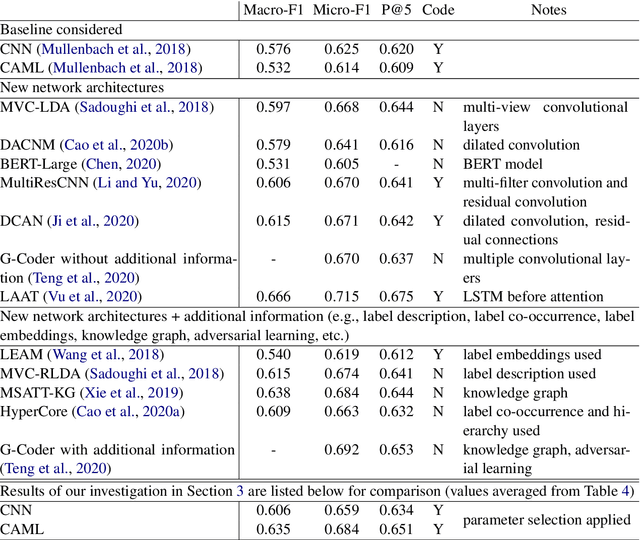
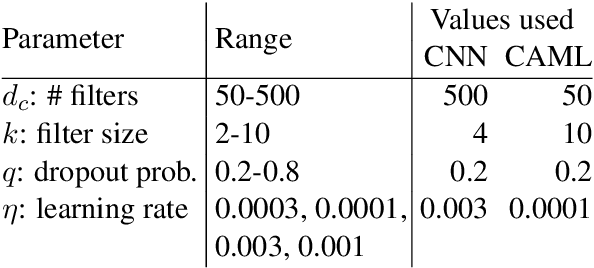
Abstract:The importance of parameter selection in supervised learning is well known. However, due to the many parameter combinations, an incomplete or an insufficient procedure is often applied. This situation may cause misleading or confusing conclusions. In this opinion paper, through an intriguing example we point out that the seriousness goes beyond what is generally recognized. In the topic of multi-label classification for medical code prediction, one influential paper conducted a proper parameter selection on a set, but when moving to a subset of frequently occurring labels, the authors used the same parameters without a separate tuning. The set of frequent labels became a popular benchmark in subsequent studies, which kept pushing the state of the art. However, we discovered that most of the results in these studies cannot surpass the approach in the original paper if a parameter tuning had been conducted at the time. Thus it is unclear how much progress the subsequent developments have actually brought. The lesson clearly indicates that without enough attention on parameter selection, the research progress in our field can be uncertain or even illusive.
An Efficient Newton Method for Extreme Similarity Learning with Nonlinear Embeddings
Oct 26, 2020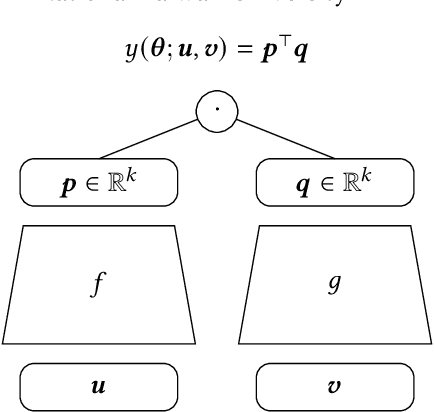
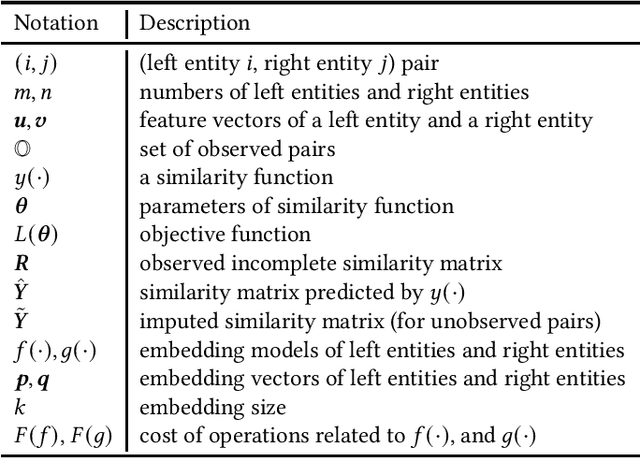

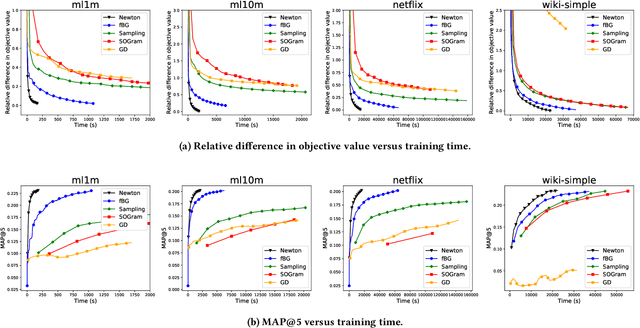
Abstract:We study the problem of learning similarity by using nonlinear embedding models (e.g., neural networks) from all possible pairs. This problem is well-known for its difficulty of training with the extreme number of pairs. Existing optimization methods extended from stochastic gradient methods suffer from slow convergence and high complexity per pass of all possible pairs. Inspired by some recent works reporting that Newton methods are competitive for training certain types of neural networks, in this work, we novelly apply the Newton method for this problem. A prohibitive cost depending on the extreme number of pairs occurs if the Newton method is directly applied. We propose an efficient algorithm which successfully eliminates the cost. Our proposed algorithm can take advantage of second-order information and lower time complexity per pass of all possible pairs. Experiments conducted on large-scale data sets demonstrate that the proposed algorithm is more efficient than existing algorithms.
Newton Methods for Convolutional Neural Networks
Nov 14, 2018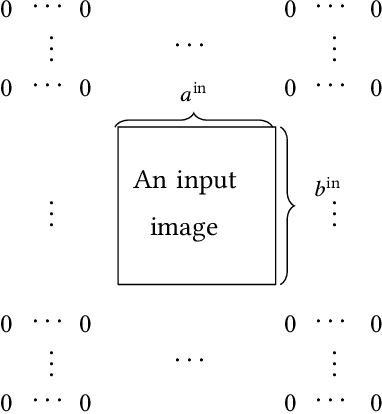

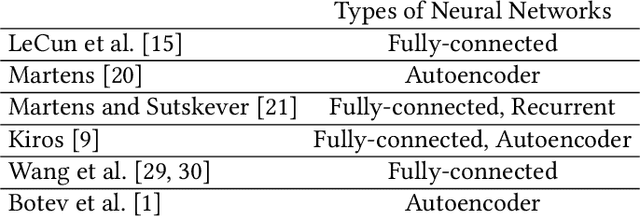

Abstract:Deep learning involves a difficult non-convex optimization problem, which is often solved by stochastic gradient (SG) methods. While SG is usually effective, it may not be robust in some situations. Recently, Newton methods have been investigated as an alternative optimization technique, but nearly all existing studies consider only fully-connected feedforward neural networks. They do not investigate other types of networks such as Convolutional Neural Networks (CNN), which are more commonly used in deep-learning applications. One reason is that Newton methods for CNN involve complicated operations, and so far no works have conducted a thorough investigation. In this work, we give details of all building blocks including function, gradient, and Jacobian evaluation, and Gauss-Newton matrix-vector products. These basic components are very important because with them further developments of Newton methods for CNN become possible. We show that an efficient MATLAB implementation can be done in just several hundred lines of code and demonstrate that the Newton method gives competitive test accuracy.
Distributed Newton Methods for Deep Neural Networks
Feb 01, 2018Abstract:Deep learning involves a difficult non-convex optimization problem with a large number of weights between any two adjacent layers of a deep structure. To handle large data sets or complicated networks, distributed training is needed, but the calculation of function, gradient, and Hessian is expensive. In particular, the communication and the synchronization cost may become a bottleneck. In this paper, we focus on situations where the model is distributedly stored, and propose a novel distributed Newton method for training deep neural networks. By variable and feature-wise data partitions, and some careful designs, we are able to explicitly use the Jacobian matrix for matrix-vector products in the Newton method. Some techniques are incorporated to reduce the running time as well as the memory consumption. First, to reduce the communication cost, we propose a diagonalization method such that an approximate Newton direction can be obtained without communication between machines. Second, we consider subsampled Gauss-Newton matrices for reducing the running time as well as the communication cost. Third, to reduce the synchronization cost, we terminate the process of finding an approximate Newton direction even though some nodes have not finished their tasks. Details of some implementation issues in distributed environments are thoroughly investigated. Experiments demonstrate that the proposed method is effective for the distributed training of deep neural networks. In compared with stochastic gradient methods, it is more robust and may give better test accuracy.
 Add to Chrome
Add to Chrome Add to Firefox
Add to Firefox Add to Edge
Add to Edge